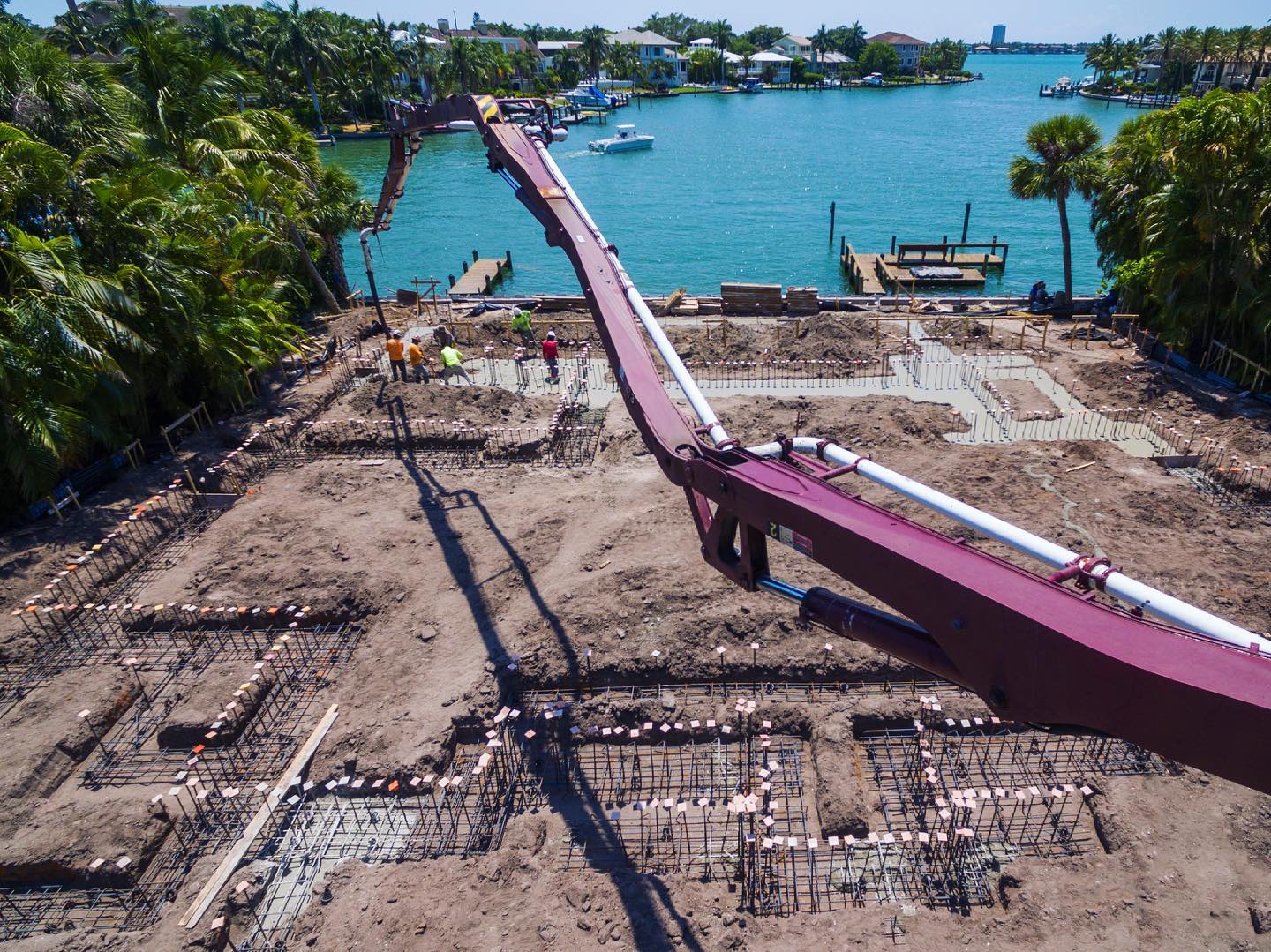
The burden of project planning falls first and foremost upon a project owner. Owners have varying levels of sophistication. The smart ones fill weak spots on their staff by engaging project managers, construction managers, and owner’s representatives.
Typically, the owner then delegates the most significant part of the project’s plan to the contractor to create and execute a critical path method schedule during the construction phase. Before accepting that burden, a wise contractor will evaluate the project to determine if it is on a path to success or disaster. It is guaranteed that an owner’s problems will become the contractor’s problems in one way or another.
Contractors can evaluate the owner’s project planning by focusing on its three primary components—the people, the process, and the technical. The best planning incorporates the input of stakeholders from each phase early in the process. It also obtains the buy-in of those team members and creates an environment where that investment is contagious. The chosen project delivery method drives the timing of team assembly and can set the stage for success or failure. From a contractor’s perspective, one essential facet to observe, especially in times of volatility like today, is how far ahead pricing decisions must be made.
On many construction projects, the best delivery method has the contractor buying out its subcontractors closer to the project commencement date. From the legal perspective, the delivery method drives the contracting structure and risk allocation.
Successful projects are also built on familiar processes that provide feedback and comprehension and are repeated through phases. Essential methods involve budgeting, scheduling, and progress reporting. As for the schedule, all participants should validate the work breakdown structure, use the same scheduling software, and evaluate and approve the baseline schedule.
Progress reporting includes an effective meeting schedule at appropriate frequencies and involves key stakeholders. The import of feedback is that one owner was known to provide incentives, not for early completion, but instead for the prompt delivery of bad news.
Finally, a good plan is supported by technical features that help, in particular, the scheduling and progress reporting processes. Not incidentally, those technical features can prove to be invaluable if a dispute arises. The contractor most often has control of these features, and through that control, the contractor can ensure project success. Keys to success can include an integrated planning session at least a month before commencement, early development of the work breakdown structure, early agreement on appropriate schedule detail, successful development of a logical critical path, and proper development of schedule contingency.
Construction executives can evaluate potential projects to ensure that an owner’s planning failures do not become the contractor’s problems. That evaluation can focus on the three primary planning components—the personnel, the processes, and the technical features. Fortunately, the contractor can control significant aspects of project success, particularly when involved in the project’s early stages. Proper execution on the contractor’s part can ensure project success while also creating key evidence if disputes arise.




